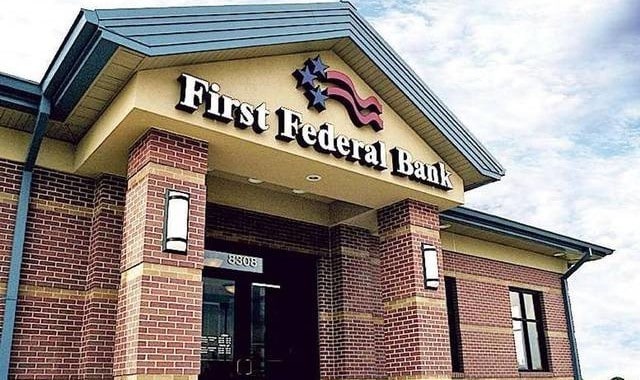Last week the First Federal Bank of Kansas City became the latest financial institution to settle redlining allegations after the Metropolitan St. Louis Equal Housing and Opportunity Council (EHOC) and Legal Aid of Western Missouri alleged that the bank’s service area was designed in a way that excluded areas of high African American population.
A conciliation agreement mediated with the U.S. Department of Housing and Urban Development says the complainants allege that the bank violated the Fair Housing Act on the basis of race due to a “lack of market penetration in African-American communities.”
First Federal Bank denied the allegations, but agreed to provide $2.8 million in relief to both the complainants and the community including:
- $50,000 to be donated to each complainant organization for fair lending work.
- New branch locations in “low- to moderate- income tracts with majority African American populations in the Kansas City Metropolitan area.”
- $35,000 per year deposited in a revolving loan pool dedicated to financing the rehabilitation of blighted and distressed homes in the Kansas City area.
- $75,000 in subsidies on home loans for properties in majority African American census tracts.
- $2.5 million in mortgage loans for properties in those same census tracts.
- $15,000 per year for marketing and outreach to the African American community.
- $30,000 to support financial education programs.
The complaints against First Federal Bank were made on October 5, shortly after the bank filed an application with the Office of the Comptroller of the Currency indicating its desire to merge with Inter-state Federal Savings and Loan Association – which operates two branches in African-American communities. First Federal Bank had committed to keeping both branches open.
Could it Have Been Prevented?
The case is yet another indication of the importance of fair lending due diligence. With increased scrutiny not only from government agencies but also community watchdogs, institutions need to monitor closely for compliance and ensure they are meeting fair lending guidelines.
Could stronger monitoring have kept these allegations at bay? Potentially. But performing a detailed redlining analysis is critical to ensuring your institution does not face similar claims.
A thorough redlining analysis involves both an interbank analysis (comparing your institution’s lending activities to those of others in your market) and an intrabank analysis (which examines lending in your own institution).
An intrabank analysis can identify the types of potential fair lending discrepancies that landed First Federal in the crosshairs of regulators and community watchdogs. More recently these analyses have even been used to examine a bank’s network of branches, loan production offices and desk rentals. An intrabank analysis could identify whether or not your branches serve areas with large minority populations.
And don’t forget–redlining can occur not only in the mortgage market but on credit cards, autos and consumer loans, as well.
Need Help?
If you need some help putting together a monitoring program or simply need advice, please give Preiss&Associates a call.
